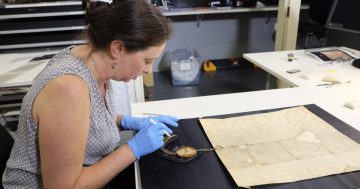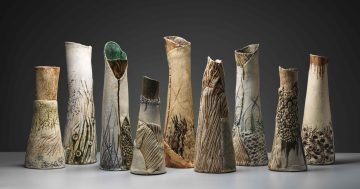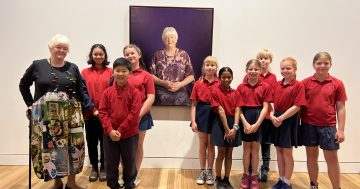
Sunrise at the National Arboretum: a ‘spine-tingling moment’ for Jocelyn Plovits. Photo: Rich Pixel Photography.
On 1 February 2013, Jocelyn Plovits was among 500 people who gathered to watch the sun rise over the National Arboretum on the day it opened to the public for the first time. She still remembers it as “one of those spine-tingling moments”.
Ten years later, she and other key players involved in the arboretum’s creation met at dawn at Dairy Farmers Hill to celebrate a decade of welcoming visitors to one of the world’s largest collections of living trees. There are now 44,000 trees at the National Arboretum, with more than 94 forests.
But the story didn’t begin there: Jocelyn has been involved in the National Arboretum since 2003 as part of the public service team involved in rehabilitating non-urban areas.
Back then, the land was mostly bare – the pine plantations that previously stood on the 250-hectare site had been destroyed by the fires that ravaged the ACT in 2001 and 2003.
“When we started, it was a burnt-out area the first time I went out, there was even still smoke coming from the roots,” Jocelyn said.
“It was shocking to stand on land that was still burning.”
On the public service side, Jocelyn was involved in developing the design for the arboretum, which was decided through a nationwide competition led by the ACT Government.
The winning design follows the theme ‘100 forests, 100 gardens’ and showcases a diverse range of rare and endangered species from around the world.
“What makes our arboretum stand out is the intricacy of the 100 forests, but each forest has a special design,” she said. “The stories behind all of those designs are quite fascinating.”
Jocelyn had a hand in the design herself: she suggested how the ginkgo trees, a native to China, should be arranged.
“I had the glory of suggesting why don’t we lay them out in the pattern of the imperial palace … the designers said that could work, so that’s there.”
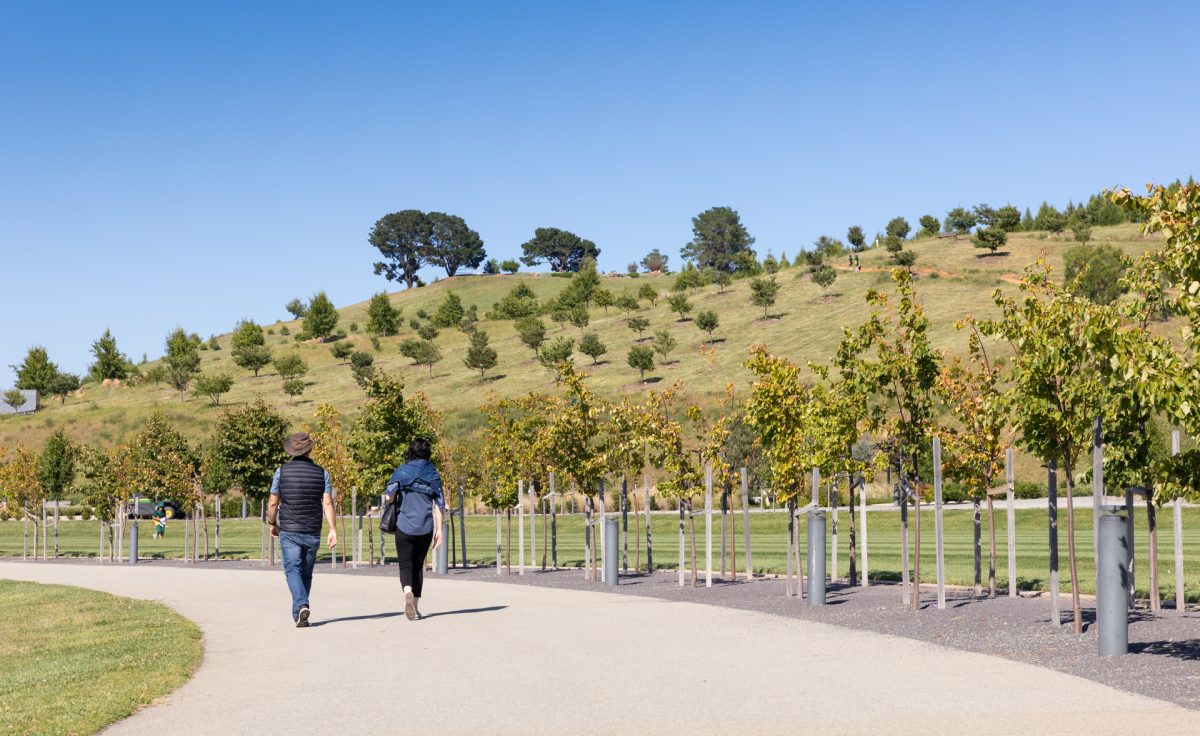
The arboretum has come a long way since 2003. Photo: Michelle Kroll.
From 2009 until 2015, Jocelyn was the chair of the Friends of the National Arboretum Canberra, playing an integral role in the opening of the site in 2013, acting as a guide for visitors and later helping to train volunteers to take on that task themselves.
When the arboretum first opened to the public, she was thrilled other people had as much enthusiasm for it as she did.
“It’s wonderful to see the community move from not even being familiar with the term arboretum to now saying ‘Are you going to the arboretum?’
“There were always people that said, ‘Oh, nobody will be interested to come’. I used to stand at those windows watching car after car coming in … People still love trees, people still want to be involved.
“The feedback from the people visiting just keeps you excited.”
Much of the arboretum’s success and popularity is down to the “energy, work and passion” of the guides and volunteers who help to share its stories.
“We’ve had such a positive response, and people who started as guides are still guides today,” Jocelyn said.
“The volunteers are special people. I could never get over how marvellous all these people were giving up their time to train, gain more knowledge about the arboretum and face crowds of interested visitors week in, week out.
“As time goes by, these stories won’t be so easy to see as the trees will grow … You’ll have to know the deep dark depths of these stories to know why they’re laid out in this way.”
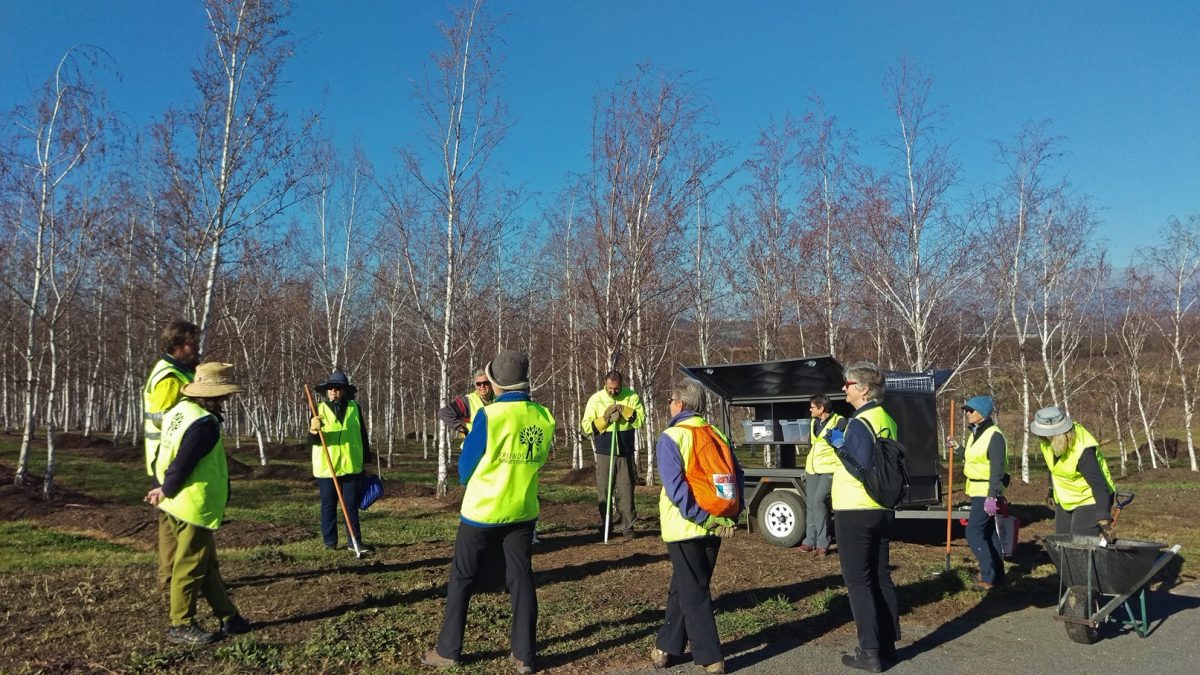
Volunteers have worked hard to make the National Arboretum what it is today. Photo: National Arboretum Facebook.
While the arboretum has come a long, long way in the past two decades, Jocelyn said “the work never stops”. While she has retired from the position of chair, Jocelyn remains active as a volunteer and passionate about continuing to engage people.
Looking ahead, she hopes more and more people will get involved.
“I’d like to see that wide range of demographics involved continue … to see the trees keep growing.
“It’s going to be pretty spectacular soon. The important thing is that it continues and it’s valued.
“To see the community going to a place like the arboretum and just being part of watching trees grow and supporting that into the future … it’s been a privilege.”
Original Article published by Lizzie Waymouth on Riotact.






